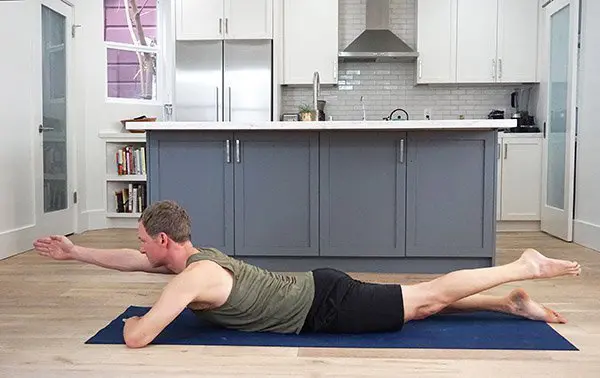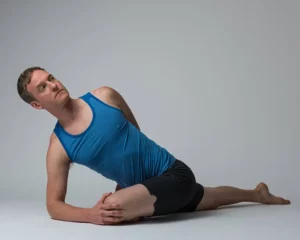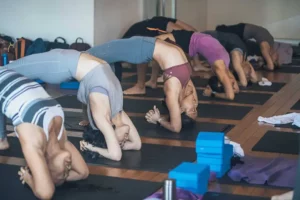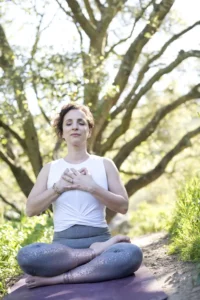QUESTION:
Vinyasa yoga sequences contain much more hamstring stretching than strengthening. How can I modify my sequences to include more hamstring strengthening for my students and promote more safety and balance in this muscle group?
ANSWER:
It’s true that vinyasa yoga sequences are heavily skewed toward stretching your hamstrings and rarely contain focused yoga to strengthen hamstrings work. You stretch your hamstrings in every Sun Salutation, Down Dog, Standing Forward Bend and most Standing Poses. That’s not to mention the intense opening that you get in postures like Hanumanasana, Reclined Leg Stretch, and most Seated Forward Bends.
There’s a psychological factor that often exacerbates this dynamic: many students push too hard and overstretch this muscle group due to the (often unconscious) internalized belief that more flexibility is always healthy and desirable. Unfortunately, this deeply ingrained mindset can lead to one of the most common and frustrating injuries for a yogi: hamstring tears.
So, what can you do to bring greater integrity to this muscle group while maintaining a dynamic flow practice? Let’s look at the essential anatomy of the hamstrings. Then, you’ll learn to take one simple step in your sequencing to bring greater harmony to these muscles.
YOGA TO STRENGTHEN HAMSTRINGS: THE ESSENTIAL ANATOMY
The hamstrings are a comprised of three muscles: the biceps femoris, semimembranosus, and semitendinosus. They run from the sitting bone down the back of the thigh before crossing the knee and attaching to the lower leg. Their primary job is to extend the hip and flex the knee.
See also Happy Hips, Hamstrings, and Lower Back
THE SEQUENCE
The best ways to modify your sequencing is to incorporate specific hamstring strengthening postures into your flow. Assume that your vinyasa sequences already have enough hamstring openers and include more strengthening poses. If you prioritize hamstring strengthening and provide your students with variations, you can create a balance of hamstring flexibility and strength.
I incorporate all of the following postures in most of my classes to bring more awareness, support, and stability to these often overstretched tissues. It’s a good idea to repeat these postures a few times in class and make sure that you hold them long enough that you feel the muscles working.
Natarajasana (Variation)
Most variations of Natarajasana focus on opening the front body. In this version — which isn’t nearly as pretty, by the way — I want you to focus on engaging the hamstrings. It’s like a hybrid of Warrior III and Natarajasana. While standing in Tadasana with your core engaged, raise your right heel toward your sitting bone and move your thigh back. Keep your core intact and maintain the natural curves of your spine as begin. Once you’ve raised your leg, tilt your pelvis forward over your standing leg and lift your chest into a modest backbend.
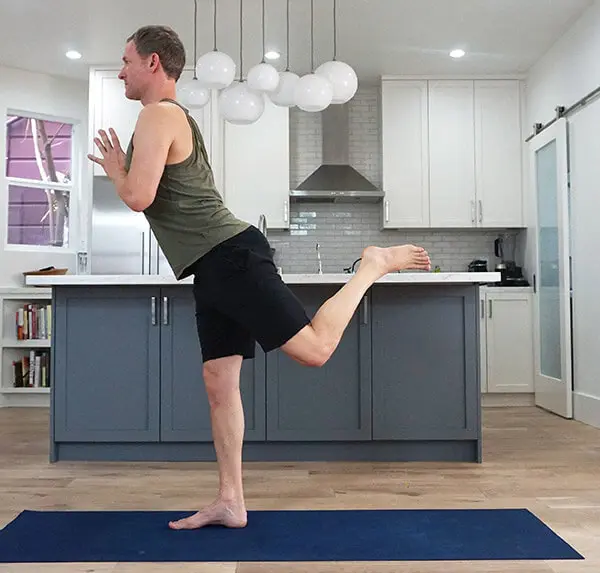
Hamstring Curl
Let’s face it: none of the postures in this yoga to strengthen hamstrings sequence are sexy. These are not big, flashy poses that are going to build your reputation in social media. They are, however, the postures that create stability and strength in an often-overlooked region of the body. To do this Hamstring Curl, simply come to Table Top position. Engage your abdominal core to keep your lower-back fixed (immobile). Keep your left knee bent 90 degrees, flex your foot and lift your thigh toward the ceiling. As you raise your thigh, bring your heel closer to your sitting bone. Do not allow your lower back to increase it’s curve. It’s okay to have a natural lumbar curve, but don’t allow your lower back to sink toward the floor. Feel your hamstrings working diligently as you breath deeply.
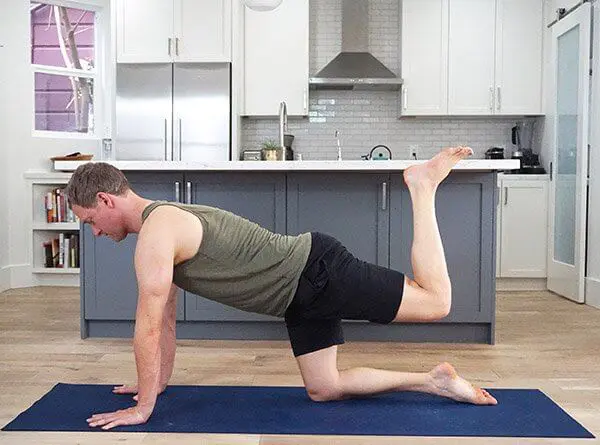
Locust Pose
In backbends, we usually internally rotate the thighs. This version of Locust Pose is an exception. In this version, you will externally rotate the thighs and bring you inside of your feet together. This combination of actions strongly engages your hamstrings, adductors and external rotators. It’s an ideal strengthener that balances many of the muscles that tend to be overstretched in yoga. Since Locust Pose is low-range of motion pose, it’s permissible to internally rotate the thighs instead of externally rotating them. If this were a backbend with greater range of motion–like Bridge Pose–I wouldn’t recommend externally rotating and adducting the thighs. I would stick to the more common teaching of internally rotating the thighs and keeping the thighs parallel to each other.
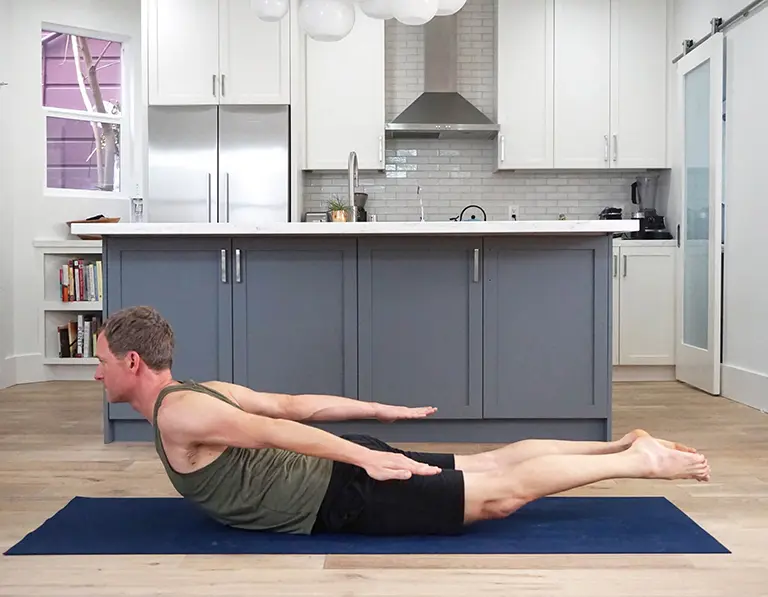
Locust (Variation)
Continuing down the road of highly-functional postures that are not glamorous in the least, we have another version of locust. This asymmetrical version of locust is unique in it’s ability to create diagonal strength in the back-body. Meaning, you strengthen one set of calves, hamstrings, and glutes, while strengthening the opposite paraspinal and shoulder muscles. Remember, this is how the body moves: in diagonal, rotational motions. This makes this Locust Variation one the organic, functional way to strengthen your hamstrings–and, the other muscles of your backbody.
